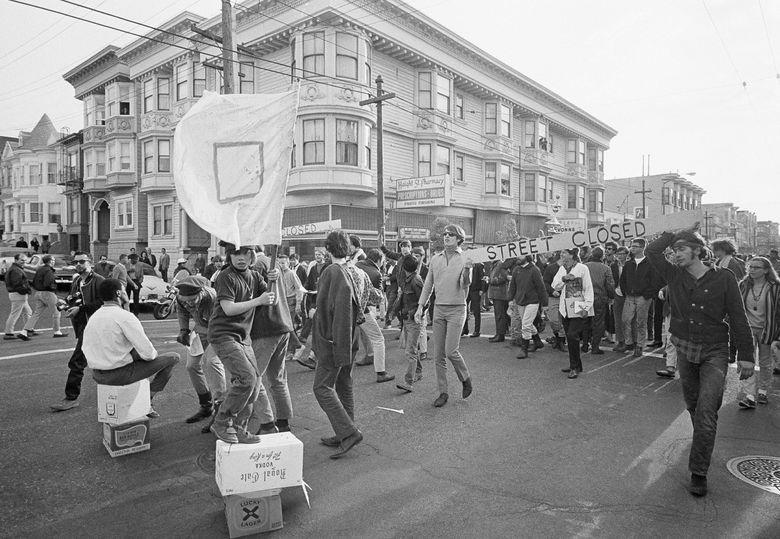Warming temperatures could result in extinction of sea turtles
Washington D.C.
Warmer temperatures mean sea turtles could be driven to extinction, suggests a new study.
The study by Dr Jacques-Olivier Laloe of the University's College of Science argues that warmer temperatures associated with climate change could lead to higher numbers of female sea turtles and increased nest failure, and could impact negatively on the turtle population in some areas of the world.
The findings have been published in the Global Change Biology journal.
-The effects of rising temperatures
Rising temperatures were first identified as a concern for sea turtle populations in the early 1980s as the temperature at which sea turtle embryos incubate determines the sex of an individual, which is known as Temperature-Dependent Sex Determination (TSD).
The pivotal temperature for TSD is 29°C as both males and females are produced in equal proportions - above 29°C mainly females are produced while below 29°C more males are born. Within the context of climate change and warming temperatures, this means that, all else being equal, sea turtle populations are expected to be more female-biased in the future.
While it is known that males can mate with more than one female during the breeding season, if there are too few males in the population this could threaten population viability.
The new study also explored another important effect of rising temperatures: in-nest survival rates. Sea turtle eggs only develop successfully in a relatively narrow thermal range of approximately 25-35°C, so if incubation temperatures are too low the embryo does not develop but if they are too high then development fails. This means that if incubation temperatures increase in the future as part of climate warming, then more sea turtle nests will fail.
The researchers recorded sand temperatures at a globally important loggerhead sea turtle nesting site in Cape Verde over 6 years. They also recorded the survival rates of over 3,000 nests to study the relationship between incubation temperature and hatchling survival. Using local climate projections, the research team then modeled how turtle numbers are likely to change throughout the century at this nesting site.
-Research results
Dr Laloe said: "Our results show something very interesting. Up to a certain point, warmer incubation temperatures benefit sea turtles because they increase the natural growth rate of the population: more females are produced because of TSD, which leads to more eggs being laid on the beaches.
"However, beyond a critical temperature, the natural growth rate of the population decreases because of an increase of temperature-linked in-nest mortality. Temperatures are too high and the developing embryos do not survive. This threatens the long-term survival of this sea turtle population."
The researchers expect that the numbers of nests in Cape Verde will increase by approximately 30% by the year 2100 but, if temperatures keep rising, could start decreasing afterwards.
The new study identifies temperature-linked hatchling mortality as an important threat to sea turtles and highlights concerns for species with TSD in a warming world. It suggests that, in order to safeguard sea turtle populations around the world, it is critical to monitor how hatchling survival changes over the next decades.
Dr Laloe said: "In recent years, in places like Florida--another important sea turtle nesting site--more and more turtle nests are reported to have lower survival rates than in the past. This shows that we should really keep a close eye on incubation temperatures and the in-nest survival rates of sea turtles if we want to successfully protect them.
"If need be, conservation measures could be put in place around the world to protect the incubating turtle eggs. Such measures could involve artificially shading turtle nests or moving eggs to a protected and temperature-controlled hatchery."
Climate change and temperature-linked hatchling mortality at a globally important sea turtle nesting site was published by Global Change Biology.







